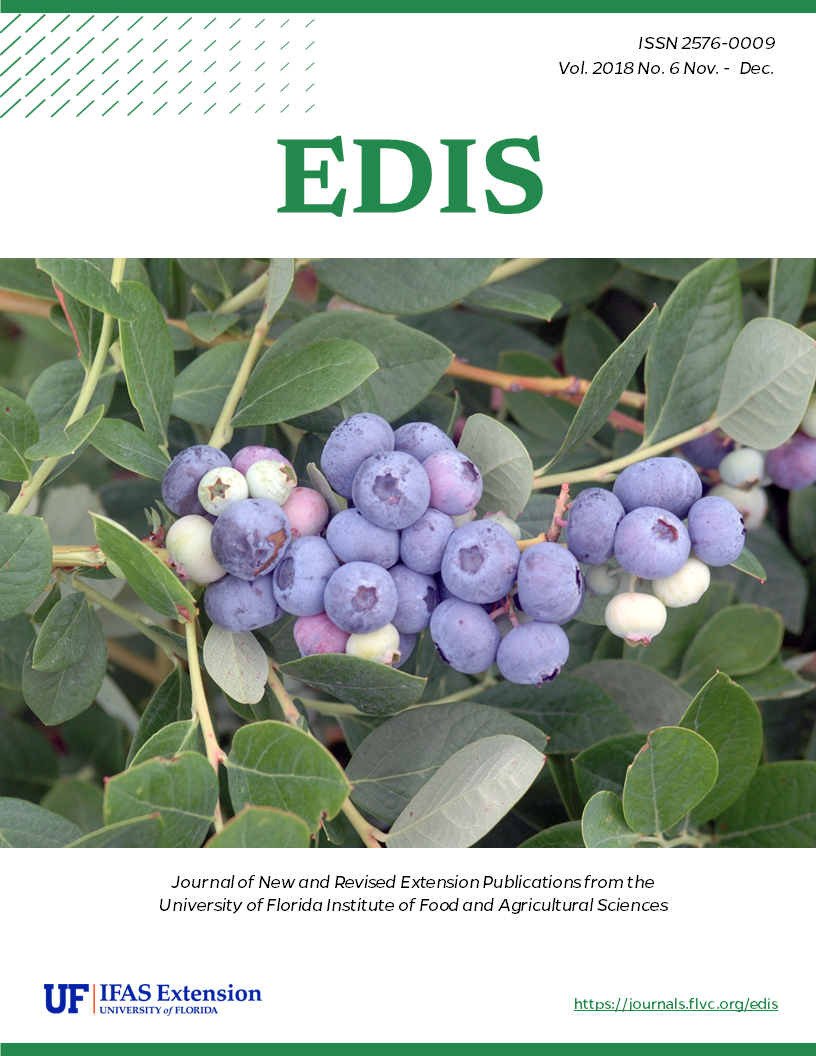Abstract
Vegetables produced in greenhouses require ample amounts of water for optimum growth, yield, and fruit quality. Water is the "universal solvent" in plant cells and is involved in many biochemical processes. Growth processes will slow, and lower yield and quality will result if the plant is without water even for a very short period. Water is taken into the plant through the root system and exits as water vapor through the leaves by a process called transpiration. Along the way, water is involved in the many processes contributing to growth and yield. As water leaves the plant, the evaporation process cools the plant. Only about 2% of the water that enters the plant is consumed in biochemical reactions. The majority is transpired. Optimum management of other cultural factors such as disease control is critical to providing for adequate water uptake. Document first published Dec.1990.

This work is licensed under a Creative Commons Attribution-NonCommercial-NoDerivatives 4.0 International License.
Copyright (c) 2018 UF/IFAS

